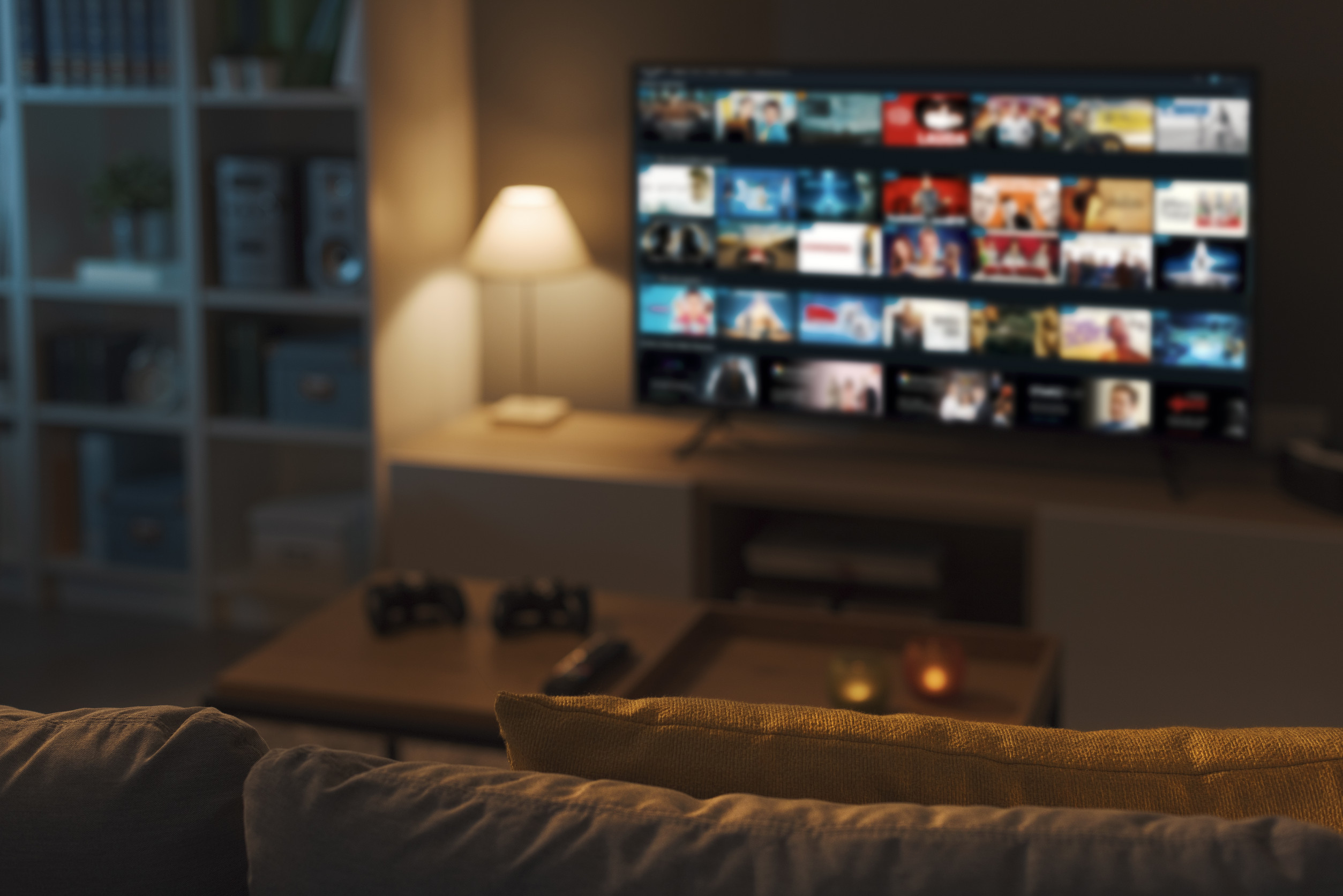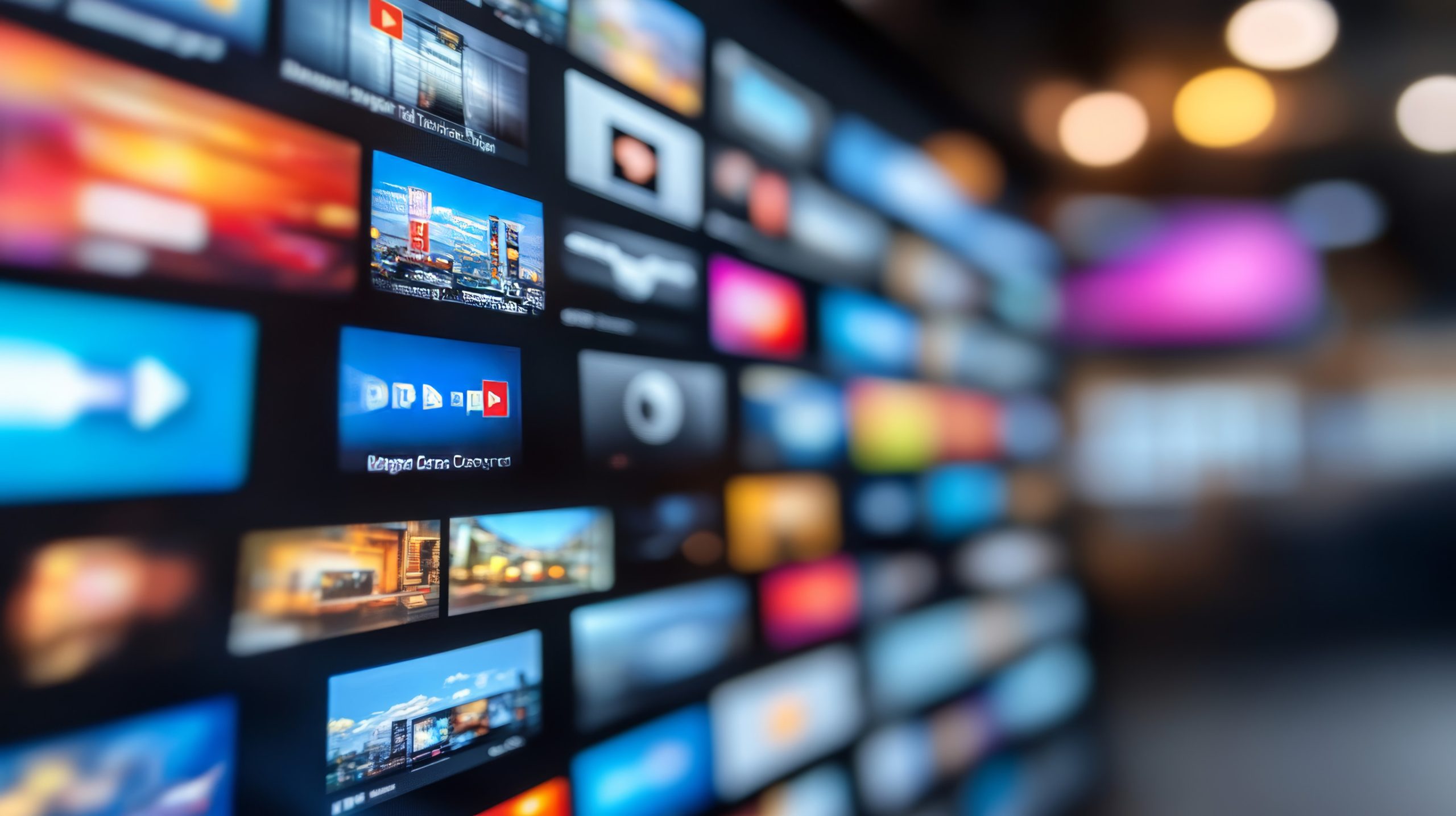Streaming apps know exactly how to keep eyes glued to screens far longer than planned. There is a reason someone can open Netflix or Spotify “for just one episode” or “one song” and find two hours have vanished. These platforms use a toolkit of subtle psychological tactics designed to tap directly into human behavior and habit loops.
Understanding these tricks does not mean people will suddenly stop binge-watching, but it might make them think twice before giving in so easily.
1. Endless Autoplay
One of the most effective psychological hooks is the autoplay feature that kicks in the instant a show’s credits roll. This tiny convenience removes the friction of having to make a new choice, which keeps people leaning back instead of turning off the TV. Human brains love momentum, so the countdown to the next episode feels like an invitation too tempting to decline. Without realizing it, viewers get nudged from one episode to another, stringing hours together in an unbroken stream. Autoplay quietly turns a passive choice into a programmed routine.
2. Personalized Recommendations
Streaming apps analyze viewing habits with uncanny precision to feed each user a buffet of recommendations. This customized feed is engineered to feel like it knows someone’s tastes better than they do. By predicting what might hit just right, the app makes it easy to click on one more title. People are wired to crave novelty without much effort, so suggestions that magically align with mood and interest keep engagement high. These smart algorithms thrive on creating the illusion of endless personal relevance.
3. Variable Rewards
Psychologists have long known that unpredictable rewards are more addictive than consistent ones. Streaming platforms exploit this principle by mixing top hits with hidden gems, so there is always the chance of discovering something unexpectedly good. The randomness of finding a new favorite show or song keeps people exploring longer than they planned. This unpredictability mimics the same reward cycle found in slot machines and social media feeds. It turns the simple act of scrolling into a low-key gamble for dopamine.
4. Social Proof Signals
Streaming apps love to show what is trending, popular, or critically acclaimed. This taps directly into the human instinct to follow the crowd and not miss out on what everyone else seems to be watching. Knowing millions of others are watching the same thing gives validation to someone’s own choice and makes it feel like a cultural event. Badges like “Top 10 in the US Today” or “Most Watched Now” push users to stay plugged in. Social proof transforms a personal pastime into a shared experience that feels essential.
5. Strategic Cliffhangers
Writers and producers know that keeping an audience hooked means ending episodes on moments of unresolved tension. Streaming apps lean hard into this tactic because it perfectly pairs with autoplay, creating a binge-worthy loop. Cliffhangers exploit the brain’s discomfort with unfinished stories, making it hard to stop without knowing what happens next. Viewers get drawn into marathon sessions, promising themselves they will stop once things are resolved—only to find another twist waiting. The psychological discomfort of not knowing keeps people from pressing pause.
6. Seamless Design
Streaming platforms spend millions perfecting interfaces that minimize obstacles to consumption. There are few distracting ads, intuitive layouts, and easy navigation to keep people locked in the zone. This frictionless experience makes continuing easier than quitting, which is exactly the point. Features like downloads, offline access, and curated playlists remove any excuse to disconnect. The design ensures that nothing interrupts the flow once the binge begins.
The Stream Never Ends
Streaming apps are built like digital casinos, full of subtle tricks that nudge, hook, and reward just enough to keep audiences coming back for more. Knowing how these psychological levers work is the first step toward watching more consciously and reclaiming some control over that next “just one more” click.
These platforms have turned entertainment into an endless scroll by design. Recognizing the hidden design choices behind every recommendation and cliffhanger can break the spell—if one really wants to. What other sneaky tricks have been spotted lately? Share thoughts or drop a comment below!
Read More
8 Popular Streaming Shows That Quietly Promote Disturbing Messages
8 Devices in Your Home That Could Be Raising Your Anxiety


